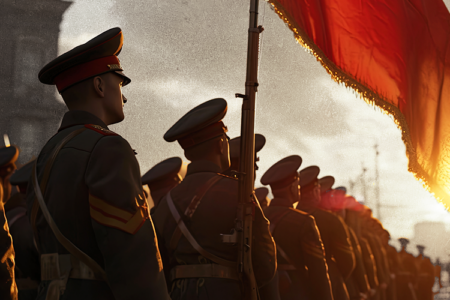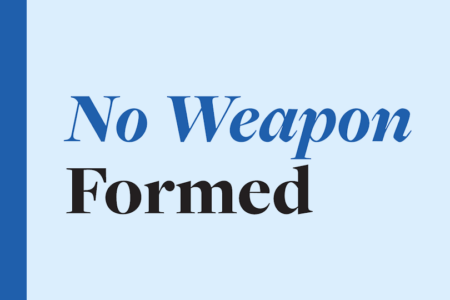The Invaders
1. Magog. The ancient historian Josephus identified Magog as the area inhabited by the Scythian tribes, a nomadic people in the mountainous region north of the Black and Caspian Seas. Many scholars today consider this area part of southern Russia. It may also include Ukraine. It does include Kazakhstan, Kyrgyzstan, Uzbekistan, Turkmenistan, Tajikistan, and Afghanistan. These six countries alone are home to more than 100 million of the world’s 2 billion Muslims.
2. Rosh. The word Rosh has been interpreted two ways: as a common noun for “chief” that refers to a person by his title, such as caesar, czar, or kaiser; or a geographical place mentioned in Ezekiel 38:2–3; 39:1. Interpreting Rosh as a place best fits the uses of the original Hebrew text, which indicates that this hoard of people will come from the “far north” (38:6, 15; 39:2). A straight line drawn due north from Israel would bring you directly to Russia.
3. Meshech and Tubal. Ezekiel linked Meshech and Tubal together four times (27:13; 32:26; 38:2–3; 39:1). Bible scholar Mark Hitchcock identifies Meshech as ancient Muschki and Musku in Cilicia and Cappadocia—which today is Turkey, southern Russia, and Iran.1
4. Persia. Persia is Iran, having changed names twice: once in 1935 when it became Iran, and again in 1979 when it became the Islamic Republic of Iran. Recently, Iran has been supplying Hamas in the Gaza Strip and Hezbollah in southern Lebanon with thousands upon thousands of rockets, waiting for an opportunity to destroy Israel. And Russia is supplying Iran with technology to develop nuclear weapons. Iran will play a major role in the coalition that invades Israel during the Magog attack.
5. Ethiopia (also called Cush). Ethiopia lies south of Egypt on the Nile River and is known today as Sudan (Ezek. 38:5). Sudan is an uncompromising Islamic nation that is violent and merciless to Israel and all who are not allied with its Islamic beliefs. Sudan has become more Islamic in recent history because of its relationship with Iran.
6. Libya (also called Put). Libya lies west of Egypt (v. 5). The major ethnic population has mostly been assimilated into the Arab culture, and the official language is Arabic. The official religion is Islam (Sunni). Under Muammar Gaddafi (1942–2011), Libya supported the Palestine Liberation Organization. Ancient Put (chaps. 38—39) was larger than today’s Libya and possibly included sections of Algeria and Tunisia.
7. Gomer. Some Bible teachers believe Gomer (38:6) refers to Germany. But historically, this does not seem to be the case. The ancient historian Josephus linked Gomer with Galatia, which today is Turkey. Most modern scholars identify Gomer with the Cimmerian tribes that lived north of Assyria but immigrated to Asia Minor (Turkey) to flee the Scythian invasion in the 7th and 8th centuries BC. So, it seems best to identify Gomer as the area of Turkey.
8. Togarmah. The Hebrew reads Beth Togarmah, meaning “house of Togarmah” (v. 6). These people are among the nations that will oppose Israel in the Gog and Magog conflict. In ancient days, they were located to the far north of Israel and were known for trading horses and mules with ancient Tyre (27:14). Scholars agree they are identified with Armenia and Turkey. It should be noted that four of the locations mentioned in Ezekiel 38 are in Turkey today. As part of NATO, Turkey is politically and military identified with Western Europe; but it remains fiercely Islamic.
ENDNOTE
-
-
- Mark Hitchcock, The Harvest Handbook of Bible Prophecy (Eugene, OR: Harvest House, 2020), 137.
-









Great word David Levy ! Always love looking into prophecy with expert commentary.